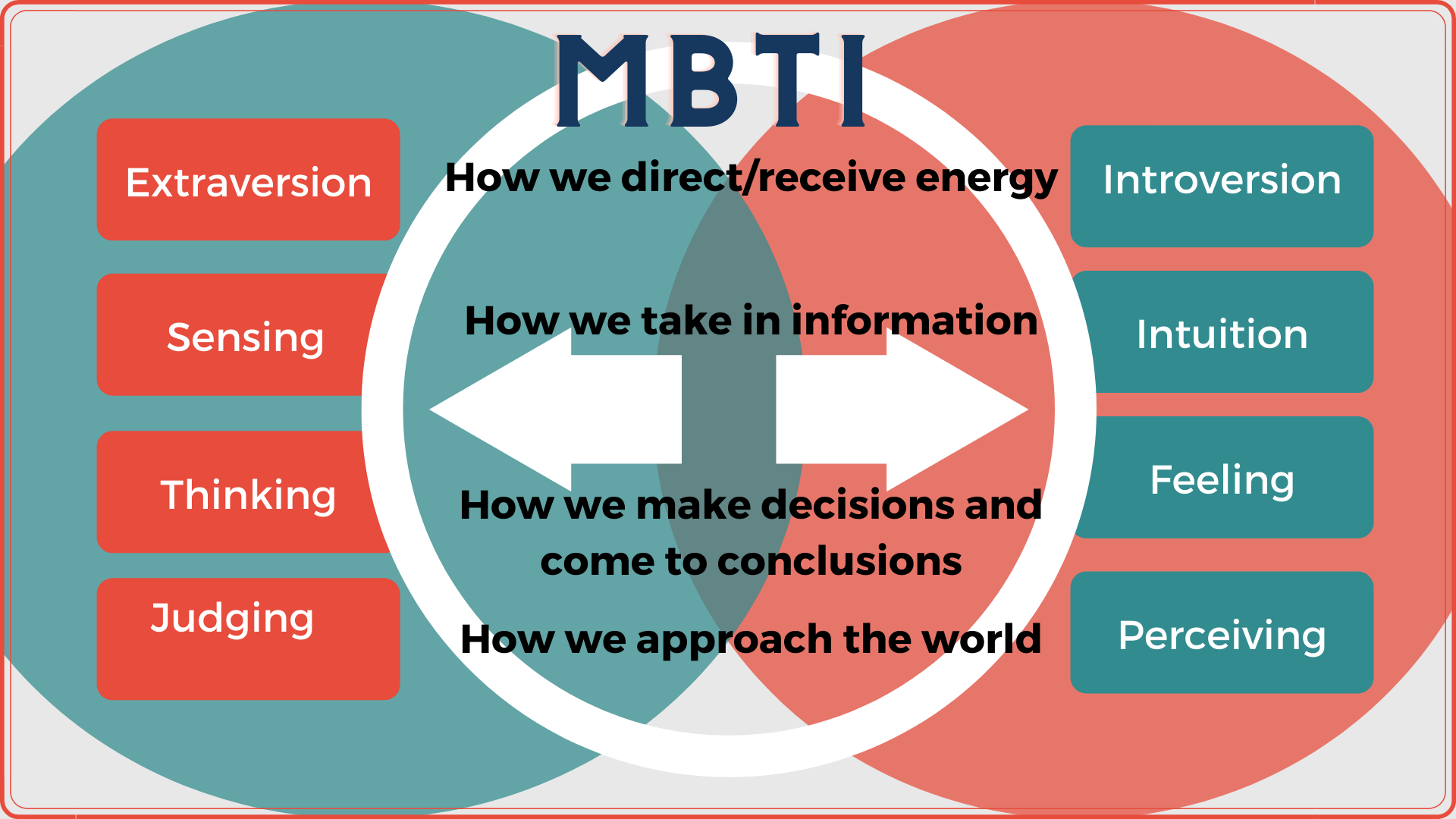In Sync Communication in Multicultural Teams
Nov 18, 2021
In the webinar I recently presented for SAP, I talked about “In Sync Communication in Multicultural Teams” and focused on four challenges related to perception, complexity, communication, and culture. Then I provided a few hacks as key-takeaways.
The first topic was perception.
Personality & Perception
As humans we all perceive things and process them differently; yet we subconsciously expect that others will see things the same way we do. This hinders in-sync communication.
Research with the Big Five Personality Factors has shown that our personality can shape our outlook on life, how we interact and communicate with others, and how we go about our daily tasks. Our personality (patterns of thinking, feeling, and behaving), in part, affects how we experience the world – and perceive events. Our perception of reality is more important to us than reality itself. It’s a lens through which we filter people, situations, and events. If what we see, hear, or experience, we believe to be accurate, we can then create our own reality based on our perceptions.
“Individuals differ in how they perceive the world and these perceptions have important consequences in the world. Patterns in those perceptions may be correlated with individual differences in personality.” (source)
You’ve probably seen this illusion of the vase or the heads. Your attention is drawn primarily to one or the other – but sometimes both. This phenomenon is based on the gestalt principle of figure/ground.
- When you look at something you never see just the thing you look at; rather, you see it in relation to its surroundings.
- An image on this page is seen against the background of the paper. This image is white set on a blue background. OR is it a blue image on a white background?!
- Each person is drawn to the figure or the background.
Here is what the webinar participants said – incredible creativity and such a variety of different perceptions! Notice the powerful nuances amongst the responses - each carries a different meaning to the viewer:
- two faces
- two people
- a reflection of two people
- two men close to each other
- a vase
- a chalice
- a winner’s cup
- a champagne glass
- a cup
- two funnels
- a candle
Culture & Perception
Something that grabs your attention keeps you from seeing the big picture while other things go unnoticed. People simply see things in a different way! In fact, culture can affect how we perceive things. Social psychologist, Richard Nisbett, performed a fascinating study between Asians (China, Japan, South Korea) and North Americans (Canada, USA).
Out of this research came his book, The geography of thought: how Asians and Westerners think differently-- and why. It’s about the social origins of the mind as related to economics, social practices, and thought. Based upon the two prominent ancient philosophers, Confucius and Aristotle, and their perceptions and mindsets that set the stage for social and cognitive norms, people in Eastern and Western societies developed different ways of thinking.
Prof. Nisbett created a digital image of an aquarium with fish moving around their environment. North Americans focused on categorizing based on attributes (the figure), “Three big fish are swimming on the left.” They ignored the small fish alone on the right. The Asian students would describe the environment, focusing on the ground (the context, surroundings), “There is beautiful water for the fish to swim in and there are rocks and shells on the bottom and plants swaying in the current.” These findings were statistically significant.

Other scientists have replicated Nisbett’s experiment by tracking eye movement, confirming that North Americans spent more time looking at the objects and Asians spent more time taking in the entire scene (with their eye movement darting back and forth).
The conclusion, based upon the philosophical practices in the East and West, Asians tend to see things as context dependent and holistically. Westerners tend to focus analytically on the objects that are independent of the surroundings. Consequently, these align with the socio-cultural aspects of Asian societies being collectivistic and Western individualistic.
So how can we get in-sync with our communication?
I’m really big on two things: humility and self-awareness. When we are humble, we’re open and willing to learn things about ourselves – even if that means we have to change our perception of ourselves. This openness and willingness that spring from humility allow us to become more self-aware. We need honest reflection and self-awareness for growth and development as capable human beings.
Many are familiar with the Myers-Briggs personality tool. It was created by two sisters during WWII to help people select occupations that aligned with their personalities. It’s based on Carl Jung’s theory of psychological types. Its purpose it to help people understand their individual differences. When used well, it can be a starting point for identifying how your personality guides you in how you use energy; how you take in information; how you make decisions; and how you approach the external world.

Assessment tools such as the MBTI work best when:
- You are open and willing to learn
- You go beyond merely taking the assessment to putting it into practice
- You develop trust with your team and talk about personal differences and similarities
- You seek out a qualified practitioner to coach and mentor you and your team to find solutions to everyday challenges
HACK: Everyone has unique traits but often we struggle to get along and communicate with others.
For example, if your personality is more emotional (feeling) and a colleague is more rational (thinking), when you know this, you can find ways to work together in-sync by not expecting the other person to perceive things the same way. On a team this can create friction if the one who is more rationale becomes annoyed at a colleague who demonstrates emotion and vice versa. Learn about yourself – learn about others in order to create in sync communication.
Final thoughts
Our perceptions become our own realities and if we want to create in sync communication in our multicultural teams, we need to remember that as humans we all perceive things and process them differently. When we subconsciously expect that others see things the same way we do, we hinder communication. But if we can become aware of our unique traits as well as those of others, we can build strategies to effectively manage how we respond.
+++++++++++
In the new year I'll start talking about a psychometric tool I developed with Dr. Michael Minkov and (soon to be Dr.) Michael Schachner two brilliant and world renown statisticians with whom I work at Hofstede Insights (https://hi.hofstede-insights.com/cap). It's called the CAP-Cultural Adaptability Profile, a scientifically validated assessment tool that estimates how a person will cope in an unfamiliar culture. It provides input that allows culture professionals to help people work together well.
This is one of the many tools I'll be using in conjunction with the other online courses to be offered next year through ILI: Intercultural Management; Intercultural Conflict; and Cultural Adaptability.
Please sign up for my free 7-day email course to learn more about how leaders can be empowered through cultural competence in our diverse world.

